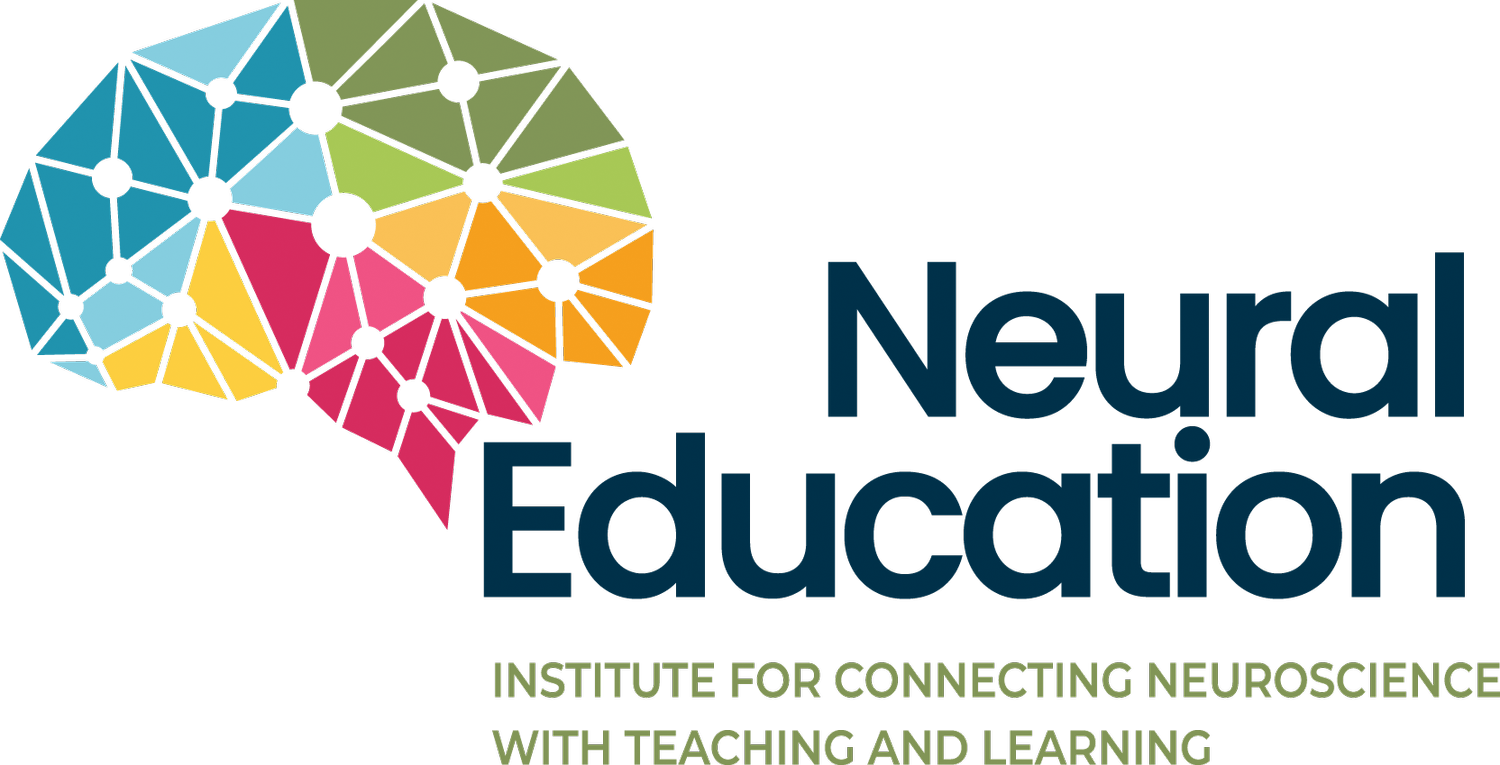Serious About Learning? It’s Time to Play!
In today’s fast-paced, results-driven educational environment, it’s easy to underestimate the immense value of play in our students’ development. Yet, research in neuroscience confirms what many of us as educators have witnessed firsthand: play is not just a break from academic learning—it’s a foundation for cognitive, social, and emotional growth. When we integrate play into our classrooms, we create opportunities for deeper learning, greater inclusivity, and meaningful connections. Here’s how play impacts development and how we can use it to enhance our teaching.
Fun Fires Up Executive Function
Picture a classroom where students are engaged in a hands-on STEM activity, building bridges with blocks or solving puzzles together. Beneath the surface, their prefrontal cortex—the brain’s executive control center—is hard at work. This part of the brain, responsible for decision-making, problem-solving, and self-regulation, thrives during moments of structured and imaginative play.
For example, when students participate in activities like building a tower or creating a story collaboratively, they’re practicing critical thinking, adapting to new challenges, and refining their reasoning skills. Incorporating play-based learning into the curriculum doesn’t detract from academic goals—it enhances them by providing students with the tools to think critically and approach problems creatively.
Feel It to Learn It
Play also creates a unique environment for students to explore their emotions in a safe and supportive way. Through role-playing, games, and imaginative scenarios, students activate their limbic system—the brain’s emotional hub—and learn to process complex feelings.
Consider the impact of connecting classroom activities to real-world experiences. For instance, inviting students to explore local environmental issues or design solutions to community challenges allows them to see the relevance of their learning. These activities help students build empathy by understanding real-world perspectives and foster problem-solving skills in authentic contexts. By engaging in meaningful, real-world tasks, students develop resilience, critical thinking, and a deeper connection to their communities—skills that will serve them well beyond the classroom walls.
Play Builds Social Superpowers
Play provides endless opportunities for students to build essential social skills. Group activities like cooperative games or project-based learning activate the brain’s social networks, encouraging collaboration, communication, and teamwork.
Imagine a group of students working together to design and build a small garden as part of a science lesson. They must share ideas, listen to one another, and compromise to achieve their goal. These interactions teach negotiation, conflict resolution, and the value of working as part of a team—skills that are invaluable in both school and life.
Play Turns Down Stress and Turns Up Joy
Incorporating play into the classroom also helps to reduce stress. Physical and free play lower cortisol levels—the stress hormone—and increase dopamine, the neurotransmitter associated with pleasure and reward. When learning is infused with joy and curiosity, students are more engaged and motivated to explore new concepts.
Think about the laughter and excitement during a classroom scavenger hunt or a creative art project. These aren’t just moments of fun; they’re signs of a thriving, happy brain. By making learning enjoyable, we create a positive cycle where students are motivated to dive deeper into their education.
Press Play: Bringing Joyful Learning to Life
As educators, we can incorporate play in ways that align with our academic objectives. Here are some practical ideas:
Use Play-Based Learning Activities: Incorporate games, hands-on experiments, and storytelling into lessons to make learning dynamic and engaging.
Facilitate Role-Playing and Simulations: Allow students to explore different perspectives and practice problem-solving in real-world scenarios.
Encourage Outdoor and Physical Play: Use recess and outdoor learning to promote physical health, creativity, and stress relief.
Foster Creative Expression: Incorporate art, music, and drama to encourage self-expression and collaboration.
Design Challenges and Team Projects: Create opportunities for students to work together on open-ended problems that spark their curiosity and imagination.
Play Is Serious Business—And Science Backs It Up
The neuroscience of play highlights its critical role in fostering a child’s cognitive, emotional, and social development. From stimulating critical thinking to nurturing empathy and building resilience, play is far more than just fun; it’s an essential part of the learning process.
As educators, we can champion play in our classrooms and remind our communities of its importance. By valuing play, we not only support our students’ growth but also inspire a lifelong love of learning. Let’s encourage the laughter, creativity, and exploration that come with play—because, as Einstein said, “Play is the highest form of research.”
References
Krechevsky, M., Mardell, B., Rivard, M., & Wilson, D. (2013). Visible learners: Promoting Reggio-inspired approaches in all schools. Jossey-Bass.
Michalko, M. (2006). Thinkertoys: A handbook of creative-thinking techniques (2nd ed.). Ten Speed Press.
Mraz, K., Porcelli, A., & Tyler, C. (2016). Purposeful play: A teacher’s guide to igniting deep and joyful learning across the day. Heinemann
Starko, A. J. (2017). Creativity in the classroom: Schools of curious delight (6th ed.). Routledge.
